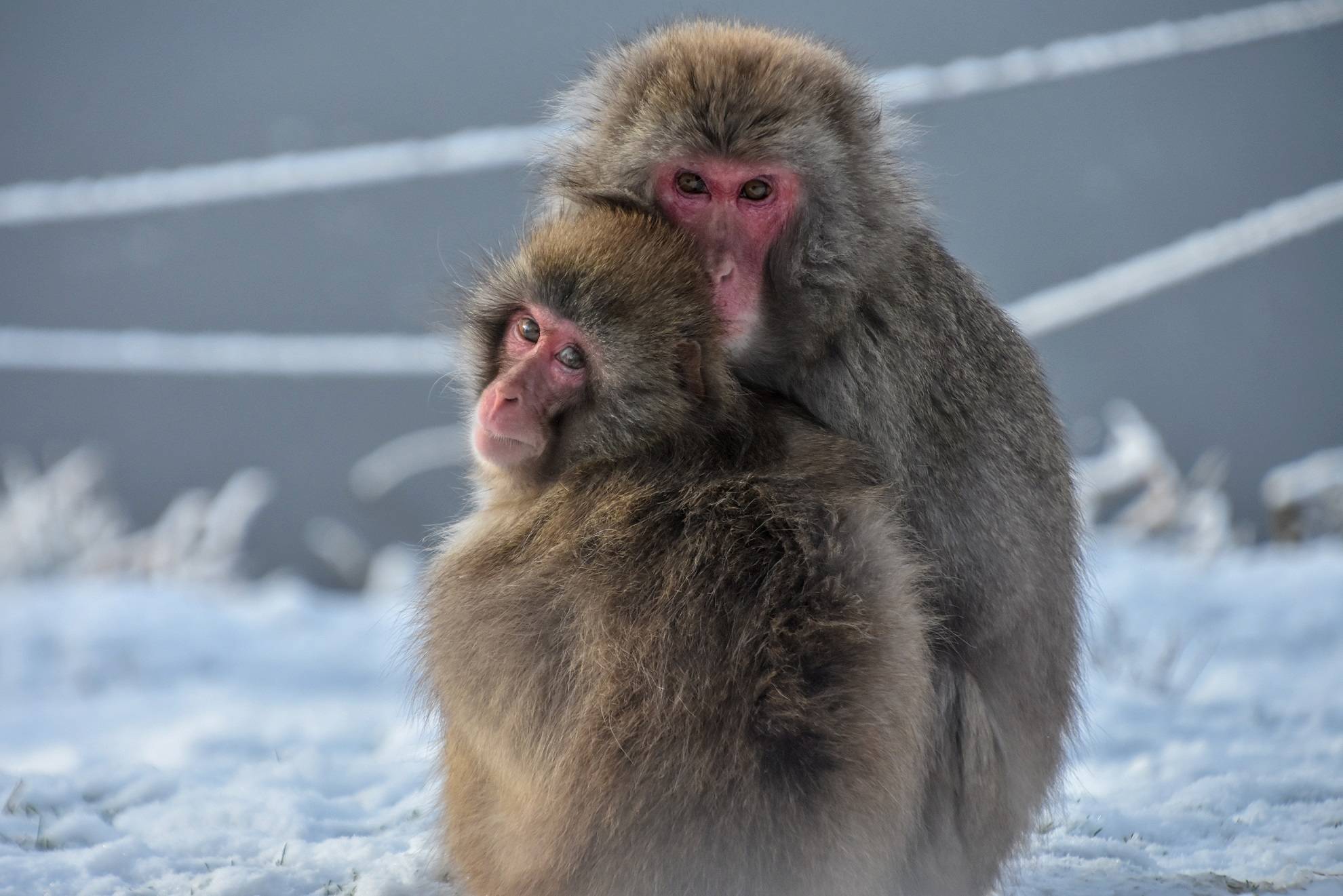Great grey owl
Strix nebulosa lapponica

There are two great grey owls in our collection - Edwin, who arrived in September 2011, and his daughter, Zooni.
Great grey owls are the largest owl to inhabit the Northern Hemisphere. They prefer cooler regions across North America, northern Europe and Asia. They live in dense boreal and coniferous forests near open areas like meadows or bogs.
One of the most distinctive features of the great grey owl is its oversized facial disk. This disk is a circular arrangement of feathers that works like a satellite dish. It directs sound toward the owl’s ears, allowing it to pinpoint prey hidden beneath snow or foliage. This fine-tuned sense of hearing, silent flight and sharp claws makes great grey owls proficient hunters.
Despite their large size, much of the owl's bulk is thick feathers, not body mass. This dense layer of plumage insulates them against the freezing temperatures of the boreal forests and tundra they call home.
Population
Increasing
Diet
Carnivore
Habitat
Forest
Fact file
Great grey owls have specialised wing feathers that reduce noise, allowing them to fly silently and sneak up on prey without being detected
They can have a wingspan of up to five feet, making them one of the largest owls in the world
They typically nest in tall trees such as spruces or pines. But they don’t build their own – they use old nests built by other large birds

How we're helping
Like all the animals in our care, our great grey owls are amazing ambassadors for their relatives in the wild and help hundreds of thousands of people connect with nature every year. They encourage visitors to learn about the threats facing wildlife and the action they can take to help create a world where nature is protected, valued, and loved.
As a wildlife conservation charity, we care for the animals here at the park and work to protect species at risk around the world. From providing expertise in genetics and veterinary health to protecting wild places with local conservation partners, and even restoring threatened species to the wild, we are active where we are needed most.
Find out more about RZSS conservation
